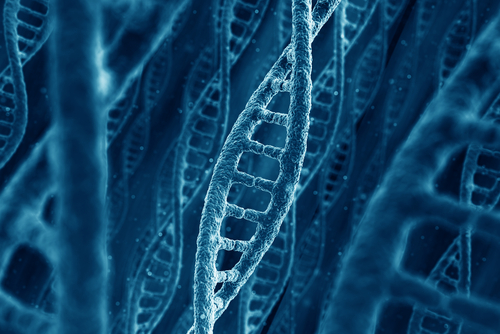 According to two different studies published in the November issue of the journal Immunity, it was recently found that a protein complex known as STING (STimulator of INterferon Genes) can detect the presence of tumor cells and promote an aggressive and strong anti-tumor response.
According to two different studies published in the November issue of the journal Immunity, it was recently found that a protein complex known as STING (STimulator of INterferon Genes) can detect the presence of tumor cells and promote an aggressive and strong anti-tumor response.
Both studies were carried by teams based on the University of Chicago and can have enormous influences in the cancer immunotherapy field.
Results show that the STING pathway, when activated, triggers a natural immune response against tumors. Chemical signals are produced that help the immune system identify the tumor cells and generate specific CD8 killer T-cells. Researchers found that high-dose targeted radiation leads to STING pathway activation, promoting immune-mediated tumor control.
Vincenzo Bronte, MD, from the University of Verona, commented on the studies: “[the results could] enlarge the fraction of patients who respond to immunotherapy with prolonged control of the tumor. Enhancing the immunogenicity of their cancers might expand the lymphocyte repertoire that is then unleashed by interference with checkpoint blockade pathways,” he said in a press release.
The immune system needs the STING complex to detect threats like cancer cells or infections; these threats are detected because of damaged or misplaced DNA outside the nucleus and within the cell. When detected, a series of interactions are triggered and the STING pathway is activated, leading to the production of interferon-beta. This cytokine is crucial for the immune system to detect infected or cancerous cells and activate T cells for an effective immune response.
Thomas Gajewski, MD, PhD and author of one of the studies commented in the press release, “We have learned a great deal recently about what we call checkpoints, the stumbling blocks that prevent the immune system from ultimately destroying cancers. Blockade of immune checkpoints, such as with anti-PD-1, is therapeutic in a subset of patients, but many individuals still don’t respond. Understanding the role of the STING pathway provides insights into how we can ‘wake up’ the immune response against tumors. This can be further boosted by checkpoint therapies.”
Both studies used mice models of cancer and found that a fraction of tumor cell-derived DNA initiated immune responses against cancers but, if the STING gene was missing, that response did not occur effectively.
“Innate immune sensing via the host STING pathway is critical for tumor control by checkpoint blockade,” as Gajewski’s team explained in their study. They discovered promising drugs that act like checkpoint inhibitors against the PD-1 and PD-L1 molecules, potentiating an efficient immune response.
Professor Yang-Xin Fu, MD, PhD, and cancer biologist and Ralph Weichselbaum, MD, expert in radiology, lead the second study that found that high-doses of radiation, besides killing targeted cancers, also drives a systemic immune response due of the DNA damage. “This result unifies traditional studies of DNA damage with newly identified DNA sensing of immune responses,” professor Fu explained. Weichselbaum added that “This is a previously unknown mechanism.”
In mice genetically modified to knock out the STING gene, there was no observed immune responses against tumors, leading researchers to conclude that for induction of inferferon production the STING-pathway is also required. However, combining cyclic guanosine monophosphate-adenosine monophosphate (cGAMP) with radiation could increase anti-tumor efficiency (the cGAMP is a previous step of the STING-pathway). “This opens a new avenue to develop STING-related agonists for patients with radiation-resistant cancers,” Fu concluded.


